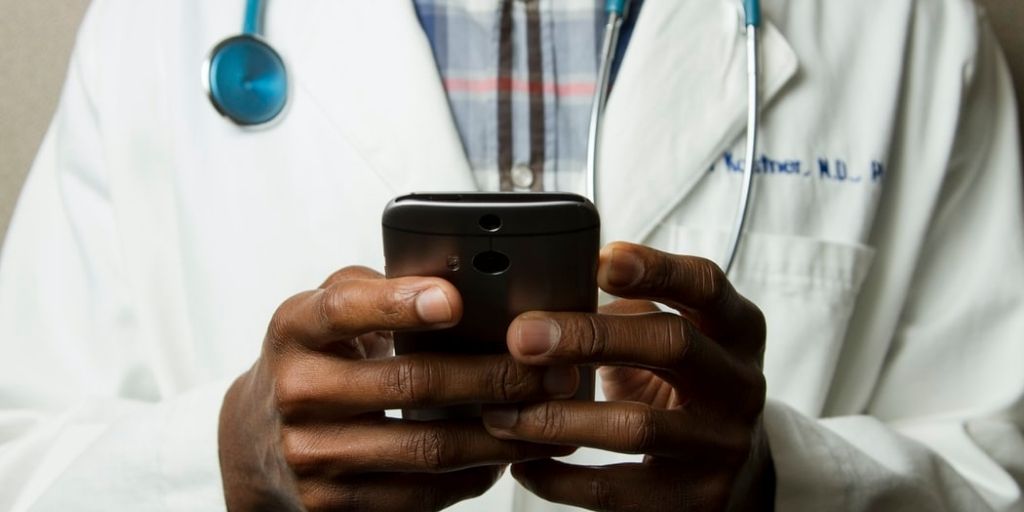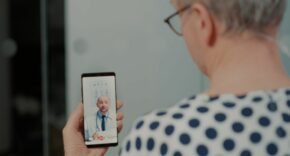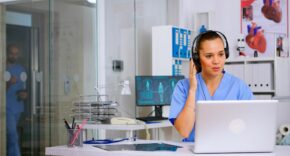
With the disruption to routine GP and health service visits, delayed surgeries and non-urgent care, health services are desperately fighting to catch up. In England alone, the number of people waiting for treatment is the highest since records began, and as is the case with all health services, limited resources and bandwidth means it could take years to get back on track. All things remaining equal means that rapid investment and expansion of services is unlikely and so the question remains “how do we do more with what we have?”
Technology has a crucial role to play here. Medical grade technology has gradually been entering the home space; the GP’s tools are coming to us. Now, certified kits such as home blood pressure monitoring kits and ECGs, oxygen saturation (SPO2) readers, or blood glucose readers are able to be prescribed and taken home, or even purchased outright. This in turn, has empowered the patient. They are more in control of their own health, more educated, more reassured. This has many names; remote patient monitoring (RPM), patient-generated health data (PGHD), and even more consumerised terms such as wellness tracking.
This means we have more. More data, more access, more insight. And so we’re presented with an opportunity to leverage data in new ways for healthcare, ways that will be familiar to tech companies and the private sector but still nascent here. I’m talking about data analysis and automation. When applied to common, chronic condition management where care requires routine logging and analysis of data and correlation to treatment planning, I believe there are significant efficiencies to be made by enhancing these delivery workflows.
Enhancing delivery workflows explores how that information from home readers can automatically contribute toward GP’s diagnoses or treatment programmes. With the right infrastructure and tools at both ends, PGHD can automatically inform, shape and even generate complete treatment plans based on existing best practice guidelines. And this isn’t just theory. We ourselves have just launched a remote patient monitoring platform for hypertension that was designed to do just this, called Hypertension Plus. We’ve worked with the NHS to roll it out to over 150 UK practices in the initial phase, and we’re encouraging further clinical commission groups (CCGs), who are the bodies running the programme, to join the initiative. Once rolled out across the UK, it is estimated that Hypertension Plus will do more with what we have: freeing up almost a third of appointments for hypertension (according to estimates by the National Association of Primary Care), allowing GPs to refocus on personalised or emergency care – not time consuming data analysis.
Note that this is all about empowerment to both the patient and the practitioner, not about replacing anything. The treatment programmes are only suggestions that place the data and textbook response at the doctor’s fingertips so that they can make the right call based on their own experience. The by-product of this is faster, enhanced and more accurate care that frees up practitioners to focus on delivery and fine tuning.
So where do we go from here? Ultimately third parties and collaborators need to do a better job of demonstrating the results and the how. Technology’s innovation pipeline is brimming with potential and transferable tools, but without proof of concept and tangible returns health services simply don’t have the funds nor bandwidth to invest in trials.
Health data is a resource that will continue to grow, so let’s use what we have to do more, and prove it can be done.
Author: Andre van Gils, Senior General Manager Global Sales & Marketing, OMRON Healthcare











